Key takeaways
- A cost-plus contract reimburses contractors for project costs plus either a percentage or fixed fee, which they take as profit.
- This type of contract is favored by contractors because of the flexibility they offer. This makes them ideal for projects where the scope is unclear and subject to change.
- Cost-plus contracts reduce risk for contractors but can increase costs for clients if not managed properly.
- To maintain transparency, contractors should provide detailed documentation of costs to clients throughout the entire construction process.
- There are different types of cost-plus contracts. The common variations include cost-plus fixed fee, cost-plus percentage, and cost-plus with guaranteed maximum price (GMP).
- These contracts are best suited for projects with trust between parties and where collaboration is prioritized over strict cost limits.
Regardless of where you live, the world runs on paperwork. Obviously, the rise of the internet has made things easier. For example, you no longer have to sign physical copies of contracts, and the idea of waiting around for them to arrive is a thing of the past. Signatures have power– especially in the eyes of the law– meaning contracts also have power. And given their title, it should be no surprise that contractors (especially construction contractors) use many different types of contracts. The cost-plus contract is on that long list of construction contracts, or as it’s called in the industry, a cost-plus construction contract.
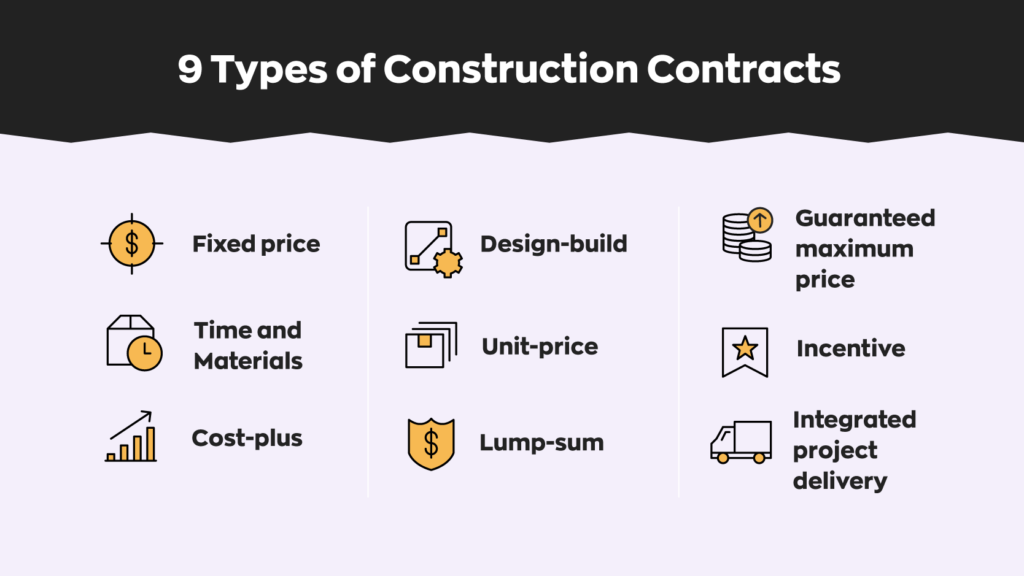
So: what is a cost-plus contract? What sort of agreement does it signify? When should you use a cost-plus construction contract? What are the upsides? What about the downsides?
Read on to better understand where the cost-plus contract fits in with the various types of contracts out there.
What is a cost-plus construction contract?
The name alone probably gives you a good idea of what a cost-plus contract is. Instead of receiving a lump sum at the end of the project, like with a fixed-price contract, a cost-plus construction contract stipulates that contractors are reimbursed for project costs and receive a certain amount of profit from the project. For this reason, contractors frequently refer to these contracts as a “cost reimbursement contract.”
Why do contractors use these types of contracts?
In the construction industry, it’s standard for contractors to procure their own materials. This may seem to place an unusual burden on the contractor in question, but there is a reason for it. Contractors have a lot more knowledge when it comes to what they require for any given project, how much it should cost, and what the quality should be. Leaving these types of decisions to the contractor only makes sense.
Additionally, individuals in the field service industry generally develop their own networks, which usually include suppliers. This means that they often have a much better rapport with these suppliers which can often help them fetch better prices and faster delivery times.
Still, though, there are downsides as well. The biggest one is cost fluctuation. The price you pay today may not be the price you pay tomorrow. And when you’re dealing with massive amounts of product at once, that difference can be tens of thousands of dollars.
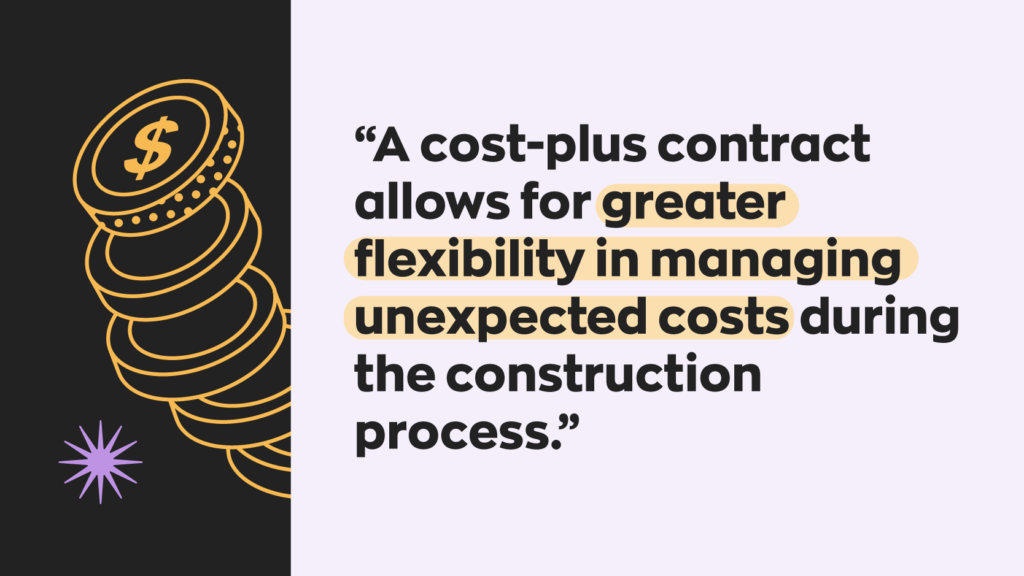
Even outside of cost fluctuation, some projects take so much time that there are bound to be some issues. The solutions to these issues could be as simple as replacing a window or as complicated as rebuilding entire floors. For these sorts of projects, a cost-plus contract goes a long way in protecting contractors.
This is part of why cost-plus construction contracts have seen a rise in popularity. They aim to protect contractors and ensure they receive a fair price for the project at hand.
Different types of cost-plus contracts
Not all cost-plus contracts are the same. Broadly speaking, there are four different types, each with its own set of guideline(s).
Cost-plus fixed fee (CPFF) contracts state that contractors will receive reimbursement for materials used alongside a flat fee. Generally speaking, these contracts cover both direct and indirect costs.
Cost-plus fixed incentive fee (CPIF) contracts, as the name suggests, provide incentives to contractors. These incentives could be reaching deadlines early, cutting costs, etc. If contractors meet these incentives, they will receive extra pay.
Cost-plus award fee (CPAF) contracts offer additional pay regarding the quality or speed of work. Generally speaking, employers calculate this additional pay using an agreed-upon formula. Once the agreement is in place, this formula is typically unalterable.
Cost-plus percentage of cost (CPPC) contracts can be a bit tricky to understand. These contracts stipulate that the contractor receives a percentage of the incurred costs as profit. Before signing these contracts, both parties agree on a percentage, as well as what classifies as “costs.” For added efficiency and convenience, the contractors might consider using online document signing to finalize these agreements.
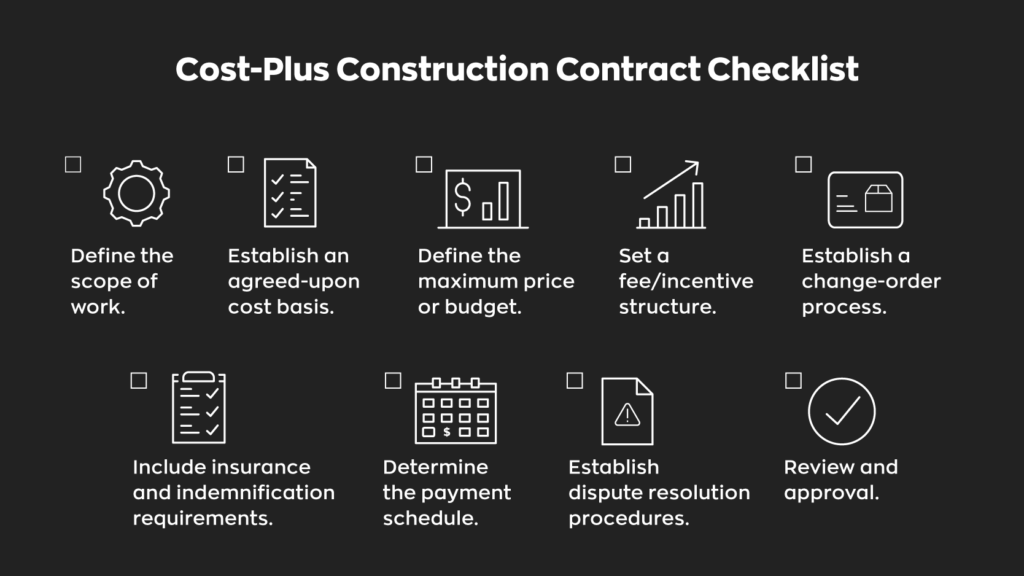
Benefits of a cost-plus contract
As with anything, cost-plus construction contracts have their benefits and drawbacks. While the benefits may change depending on the project, they generally boil down to a few things:
- Eliminate risk: It’s no surprise to anyone that construction projects are expensive, and many of those upfront costs fall on the contractor. A cost reimbursement contract is a great way to give the contractor peace of mind knowing they’ll be reimbursed for those expenses and still get paid for their time.
- Quality of work: A cost-plus construction contract removes the headache of costs from the equation, allowing contractors to focus on the quality of work. If the paycheck depends on how much contractors spend during the process, it can lead to a lot of corner-cutting. And the reality is when it comes to construction, cutting corners can have fatal ramifications.
- Clear communication: Lastly, such contracts are a great way to communicate what each party is responsible for. That way, when it comes time to pay the bill, there are no surprises. This helps free workers from the mental load of fretting over budgets, helping them do their best work.
What are the drawbacks of a cost-plus construction contract?
On the other hand, the drawbacks of a cost reimbursement contract are a bit more abstract. If you’re working on a cost-plus contract of your own, here are some things to be mindful of:
- Difference of opinions: Construction projects can have a wide range of pricing depending on which materials you use and where you source them. Clients might disagree with contractors on what a “fair cost” is for a specific material. That difference in opinion can be trouble. In some instances, it can lead to a long legal battle. Because of this, it’s a good idea to communicate throughout the project to ensure everyone is on the same page.
- Undefined timelines: A project timeline is a significant element that is often overlooked in a cost-plus construction contract. Because a cost-plus contract guarantees a certain amount of profit, there is really no incentive for contractors to finish the project promptly. That being said, time is money. So if you’ve agreed to do a particular job for a fixed price, it’s in your best interest to finish sooner rather than later.
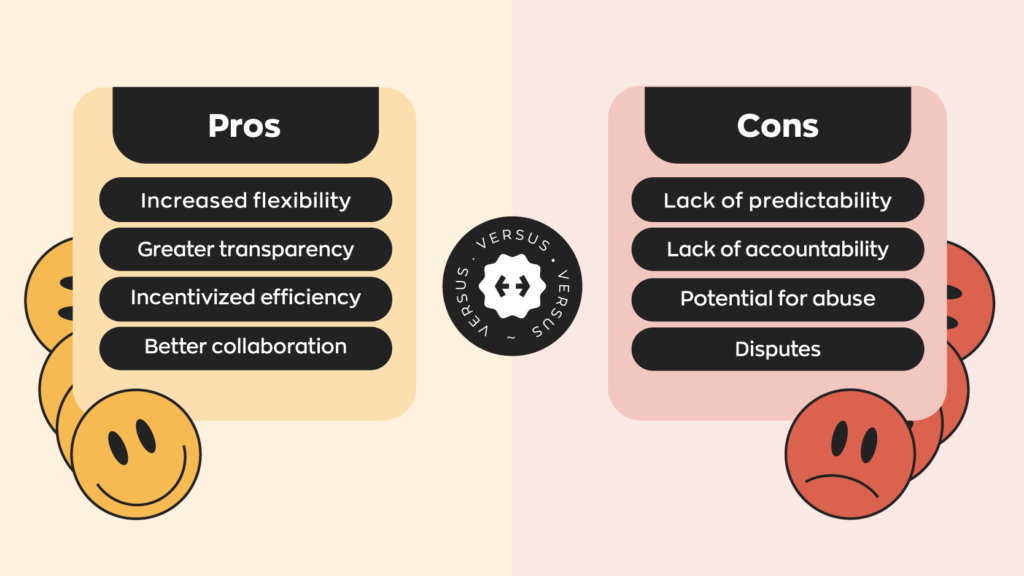
How can inFlow help?
A cost reimbursement contract can be very beneficial but requires a lot of know-how. Not just to make the contract but to enforce it as well. To justify reimbursement, you’ll have to keep track of what you buy when you buy it, why you bought it, and how much you paid for it at the time.
That’s a lot of information, and you’re also dealing with a lot of materials. Keeping track of everything can be tricky!
This is where inFlow steps in. Our field management software focuses on inventory management, giving you a unique advantage when forecasting future projects. You can keep track of the materials you have and what you paid for them, and inFlow even allows you to set up different costing methods. Did we mention we also have a built-in barcoding system?
In short, inFlow keeps track of any materials you use for any project and will enable you to craft more accurate future construction contracts. So no matter what types of contracts you use, inFlow can help.


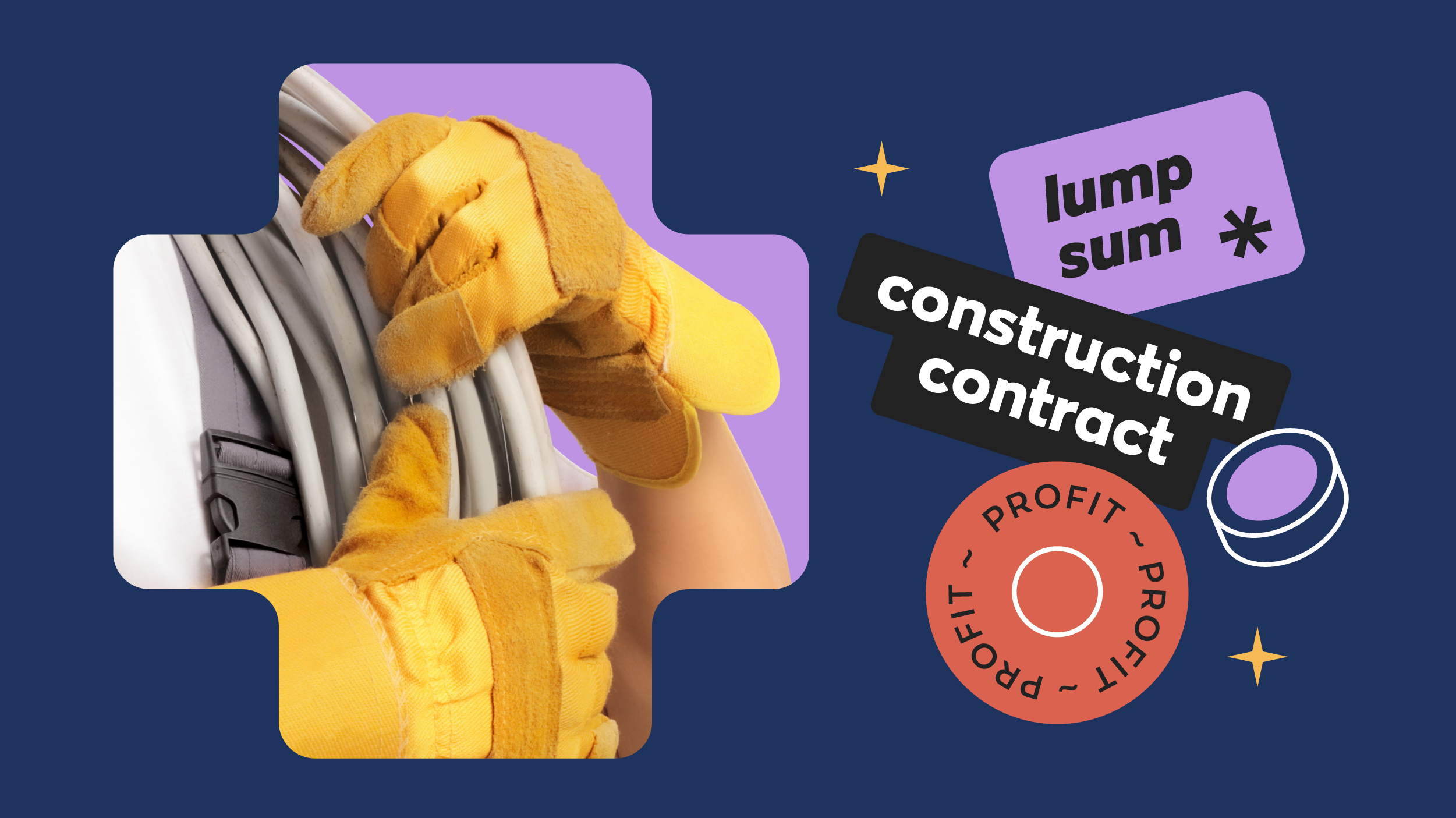
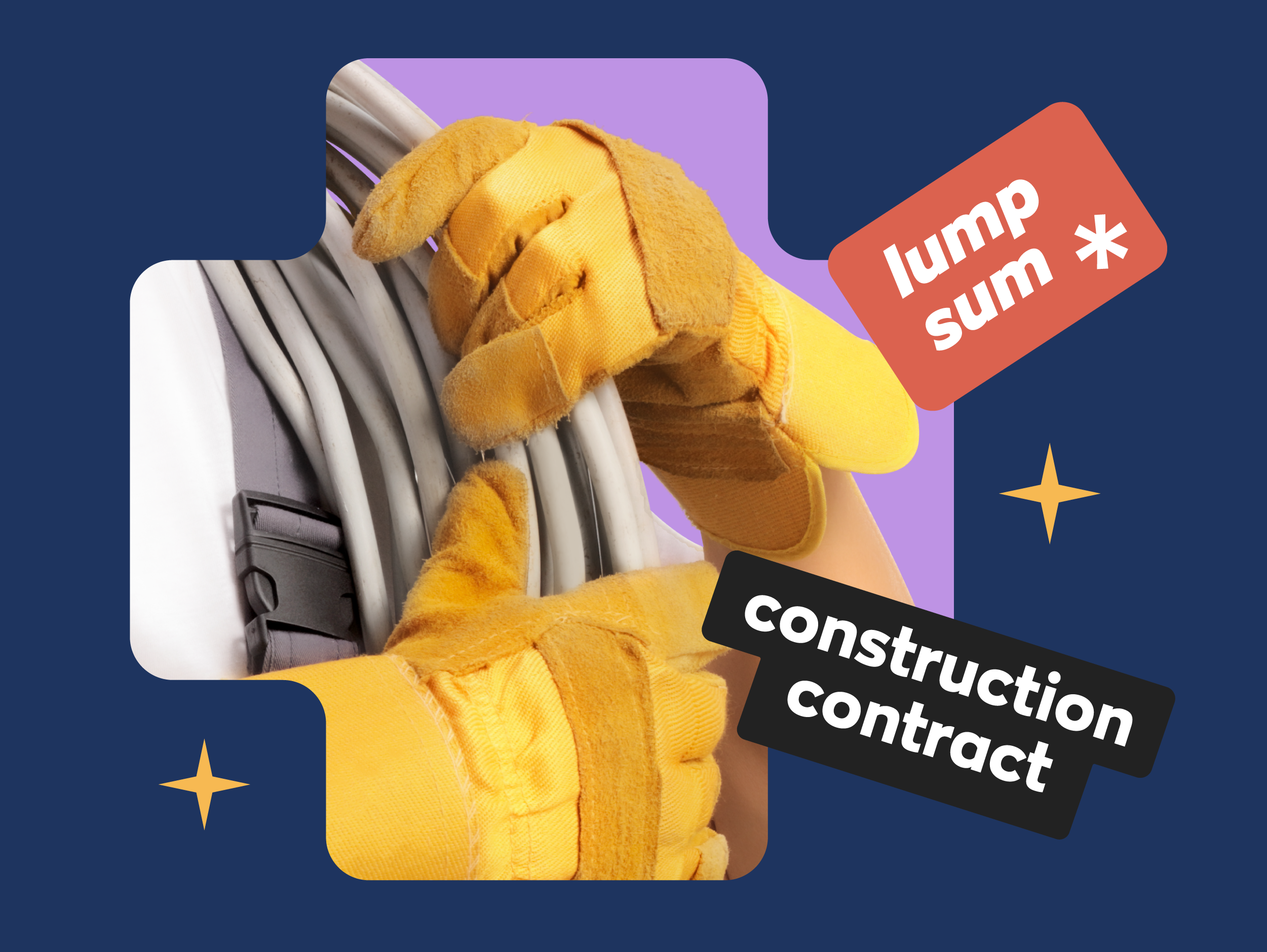
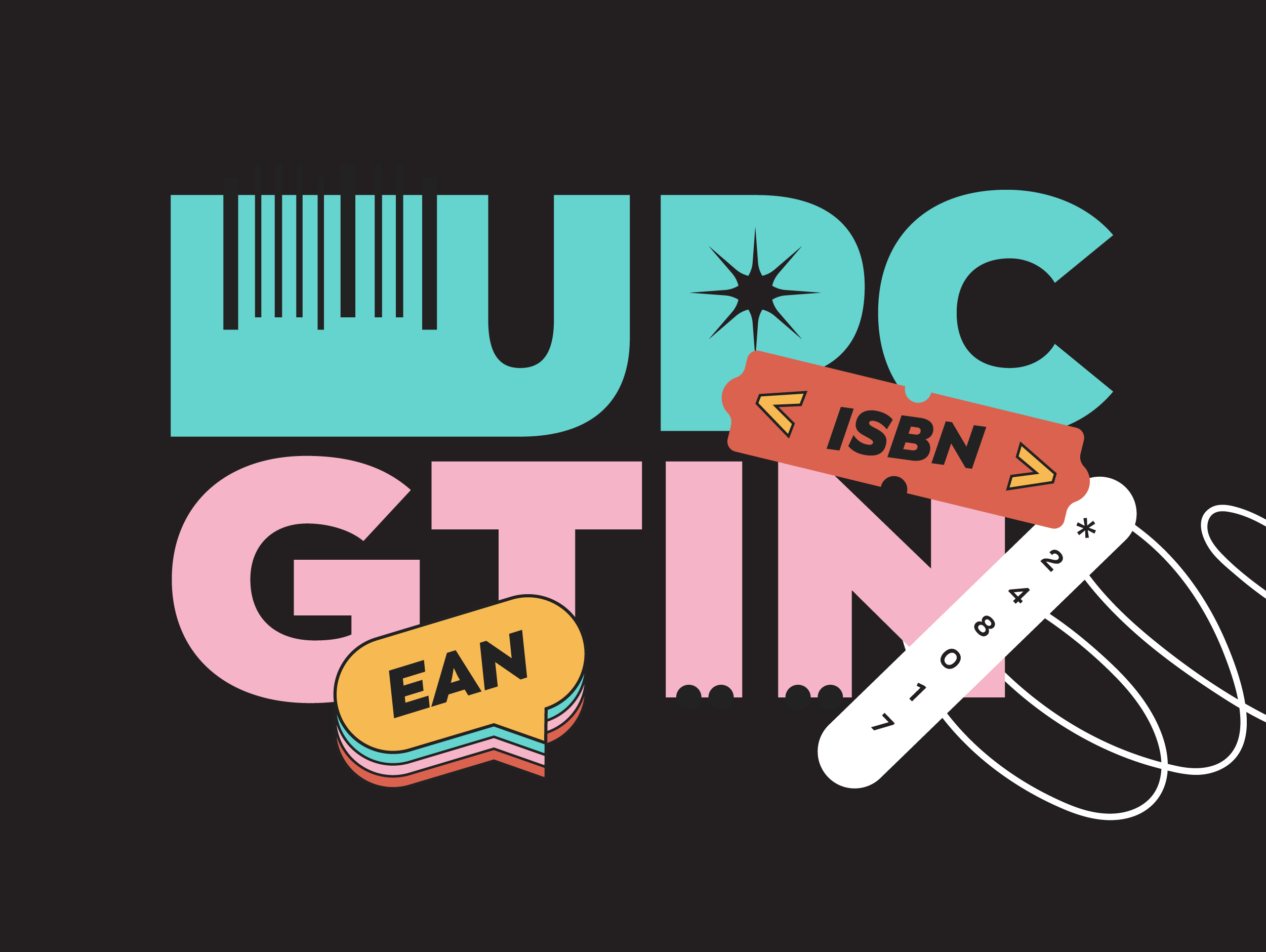
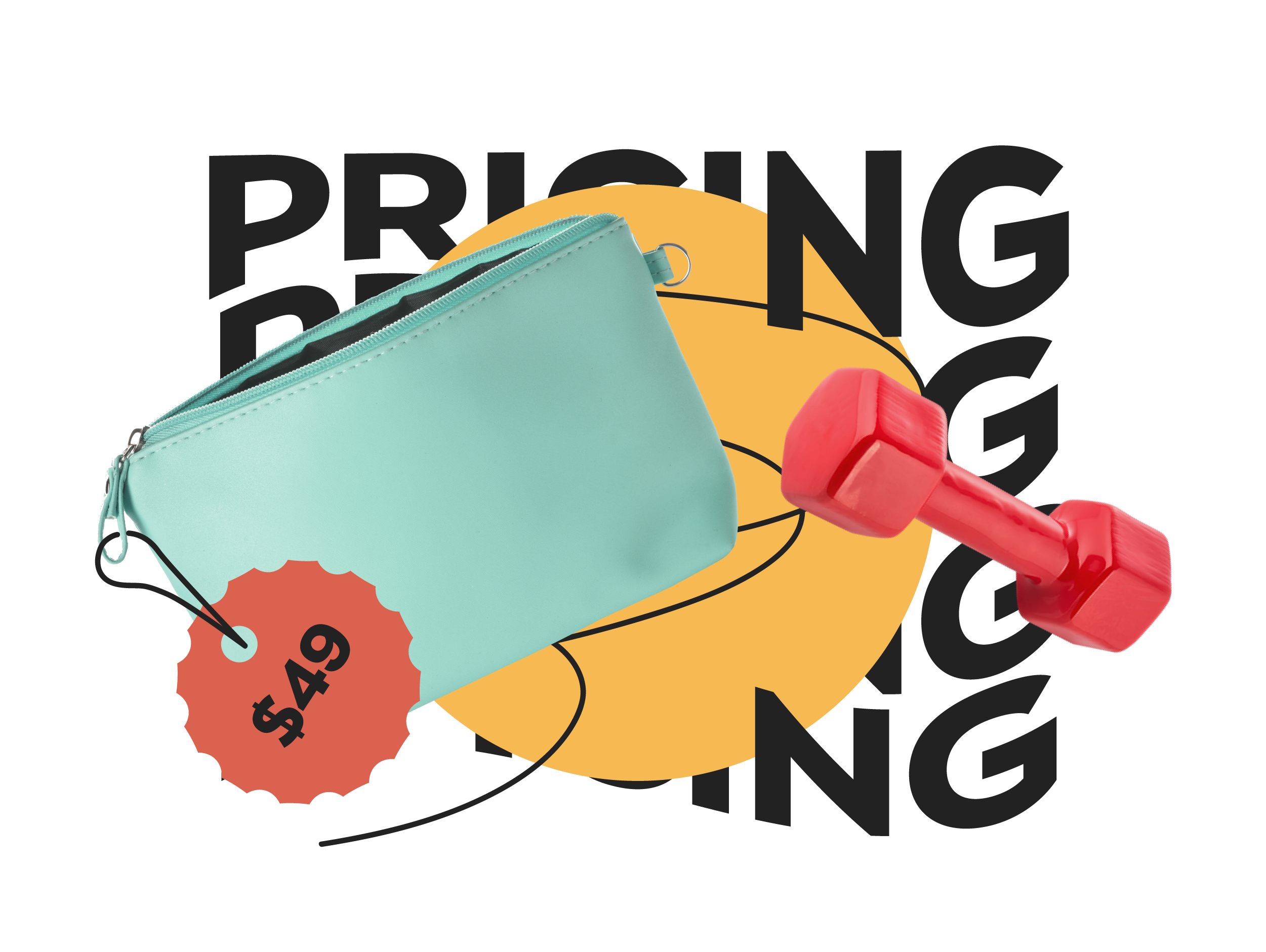
0 Comments